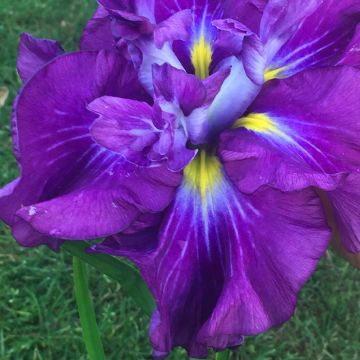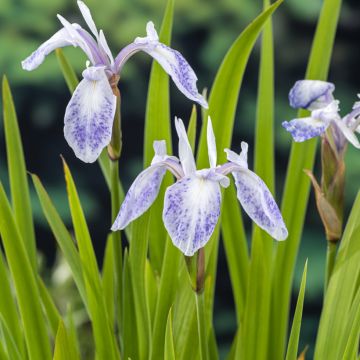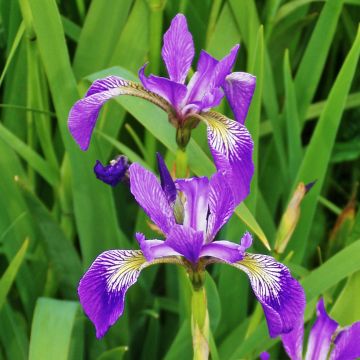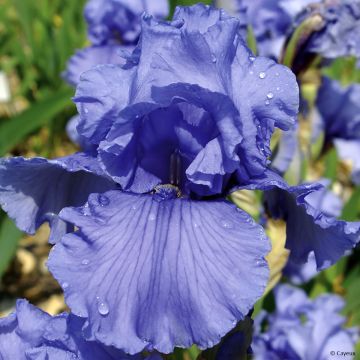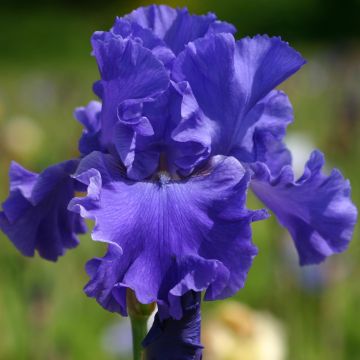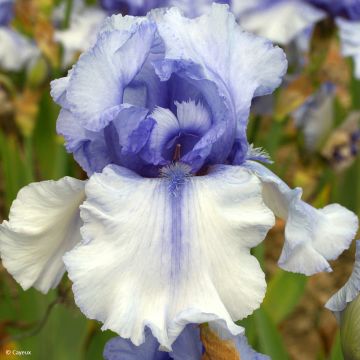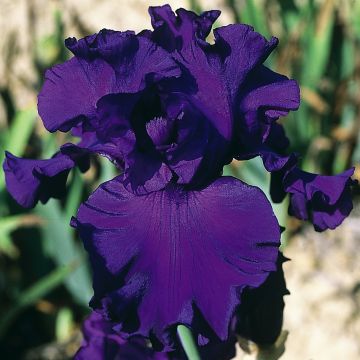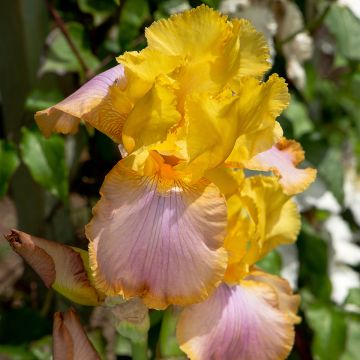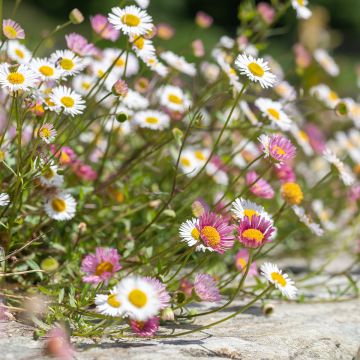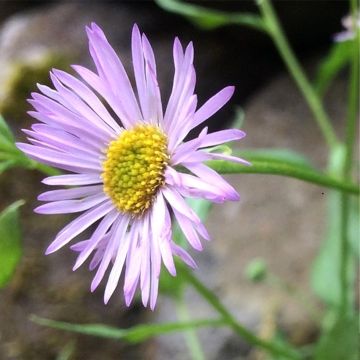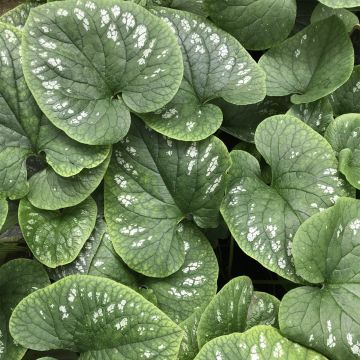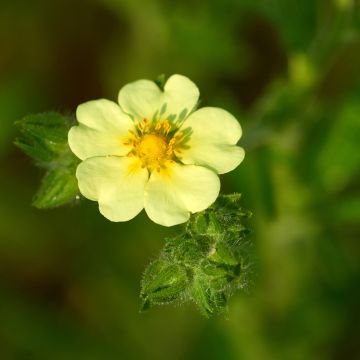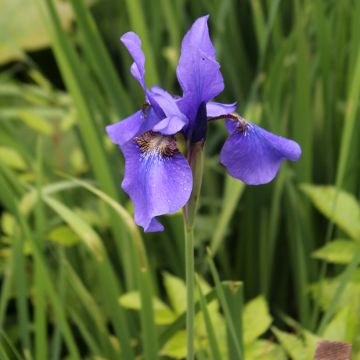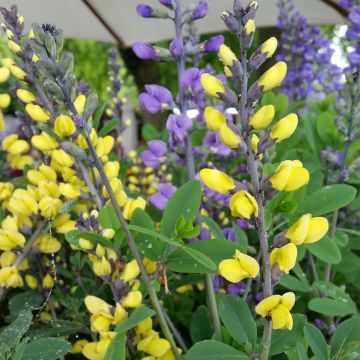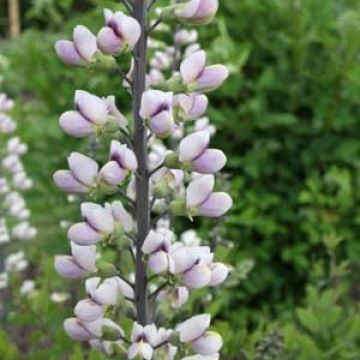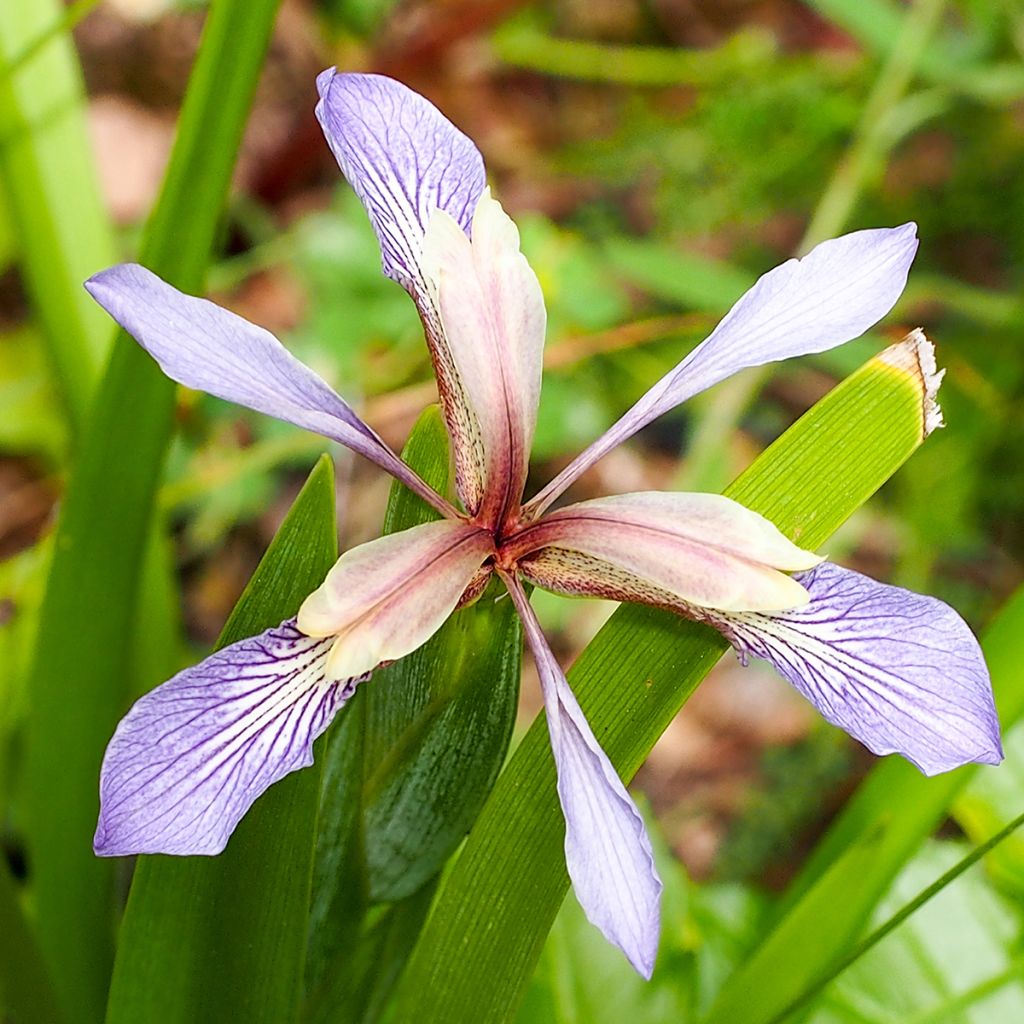

Iris foetidissima - Stinking Iris
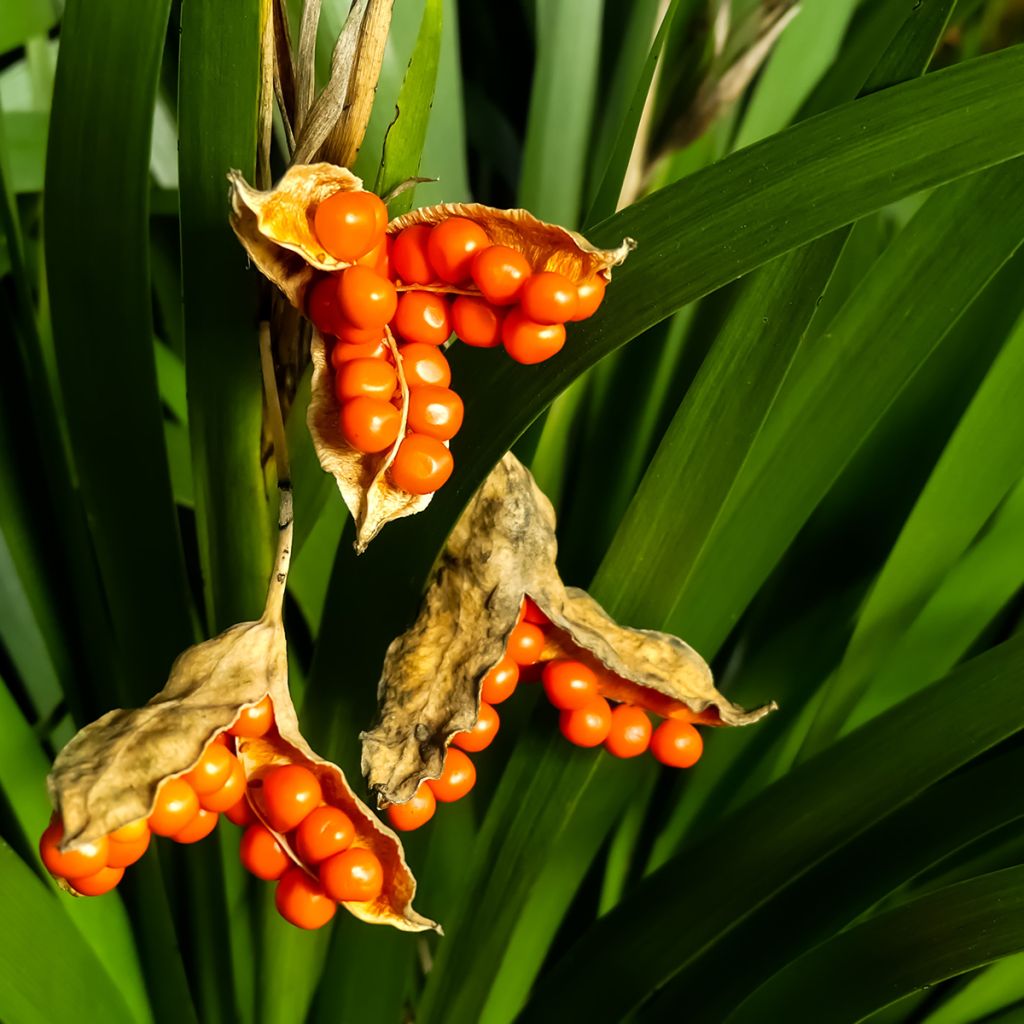

Iris foetidissima - Stinking Iris
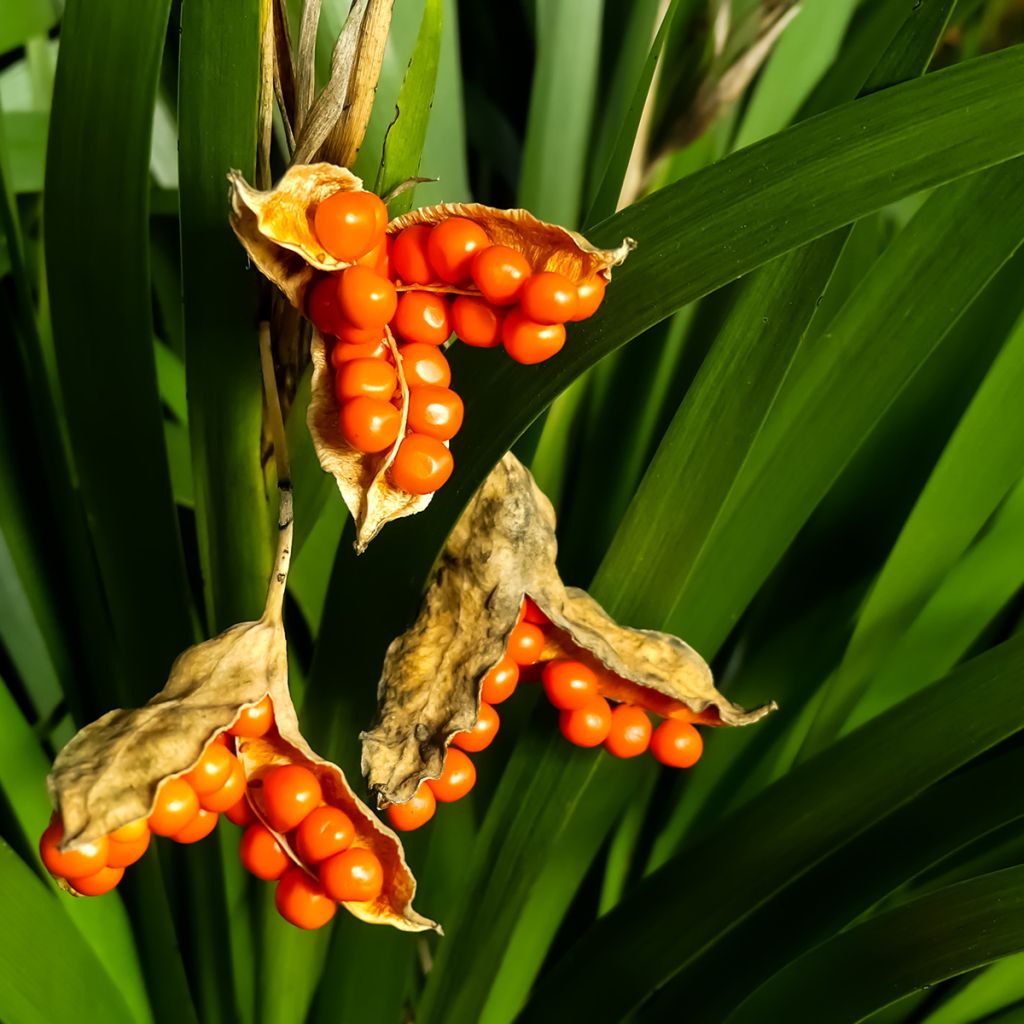

Iris foetidissima - Stinking Iris
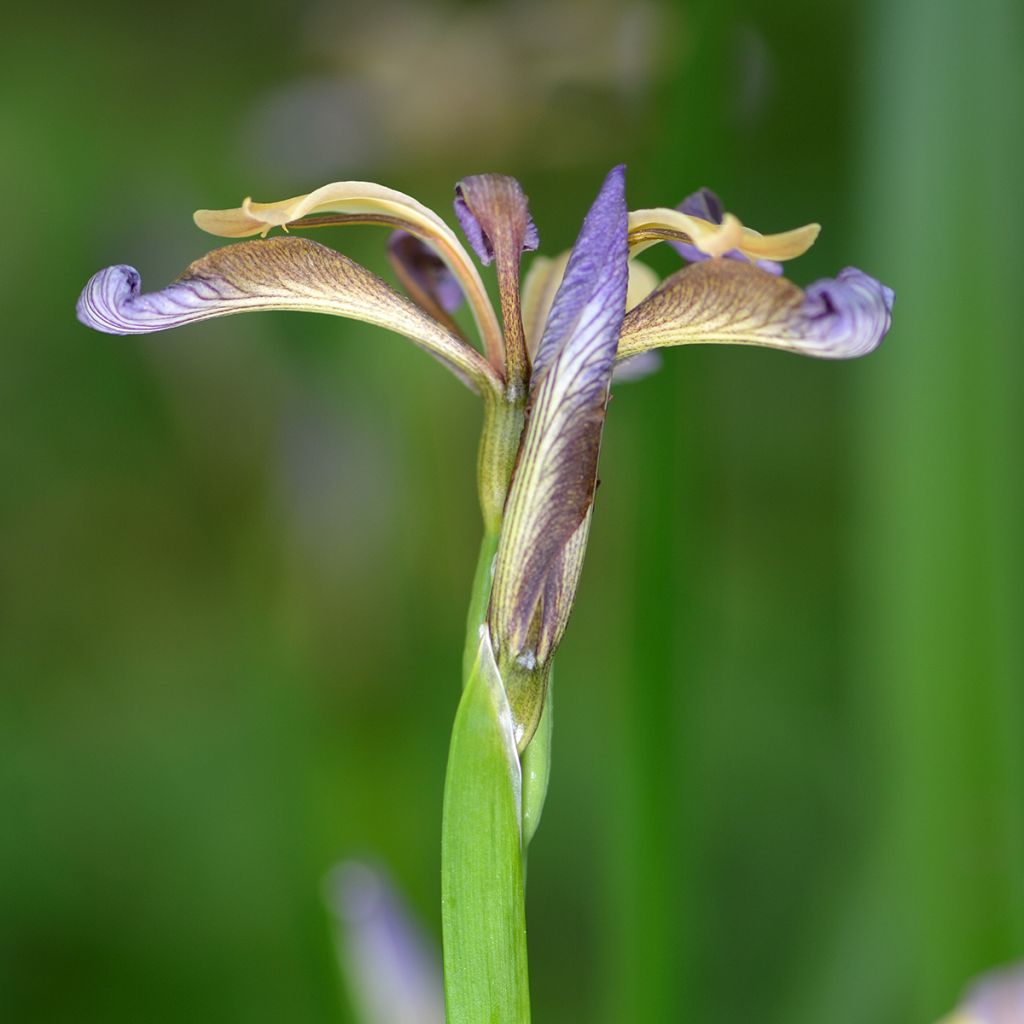

Iris foetidissima - Stinking Iris
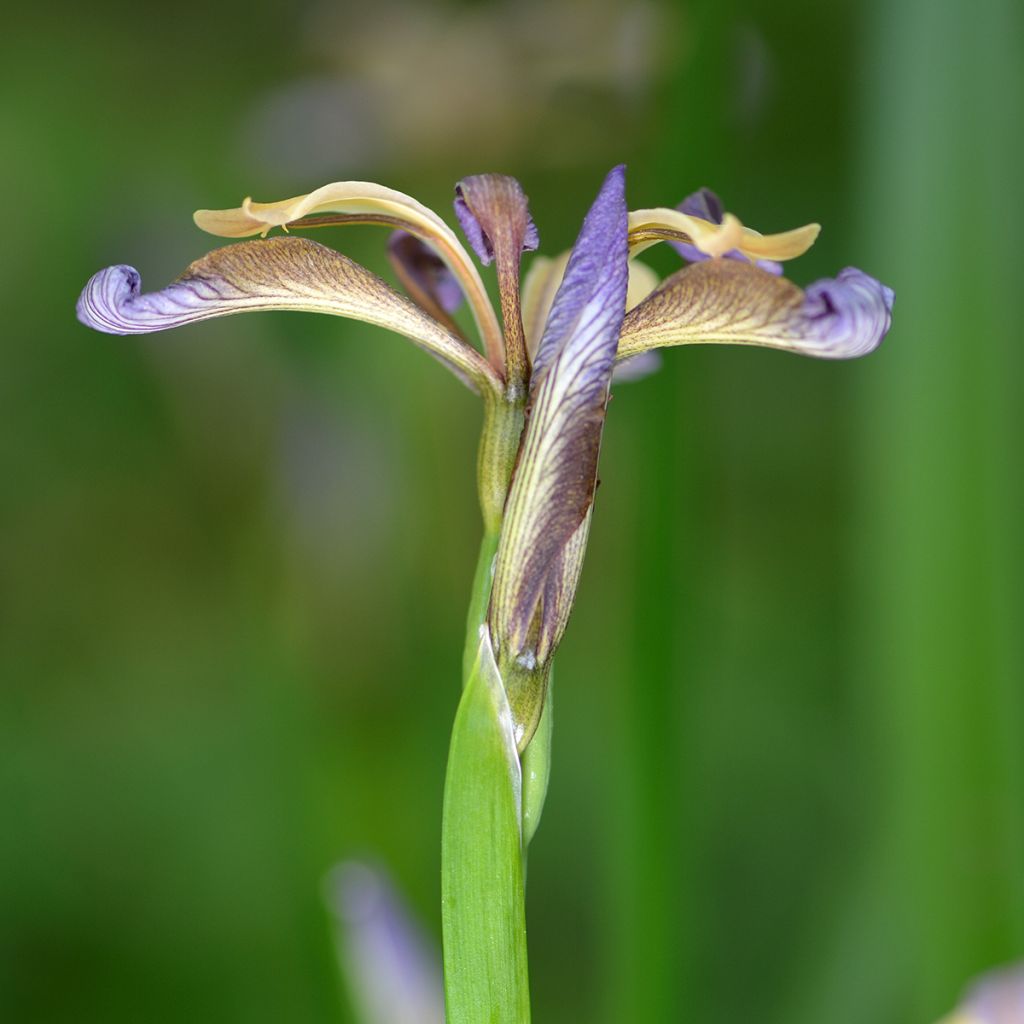

Iris foetidissima - Stinking Iris
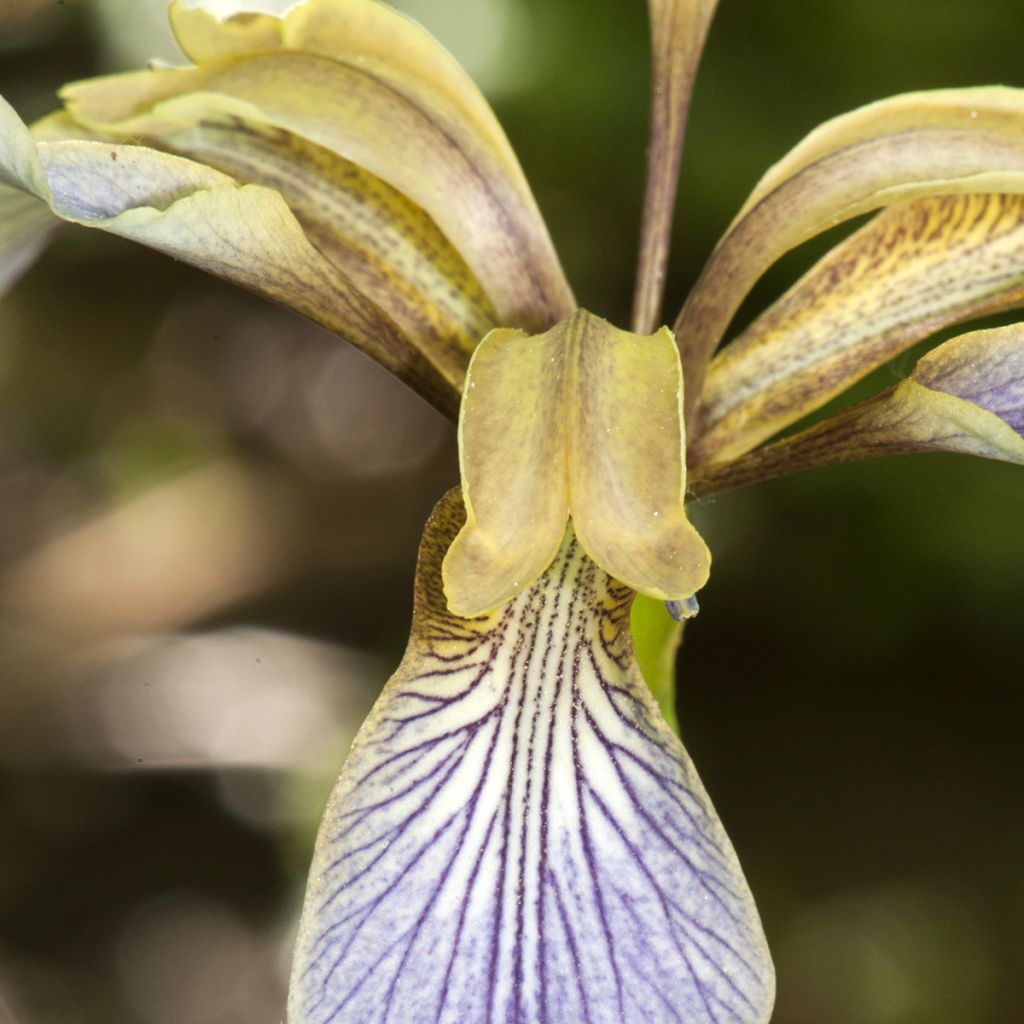

Iris foetidissima - Stinking Iris
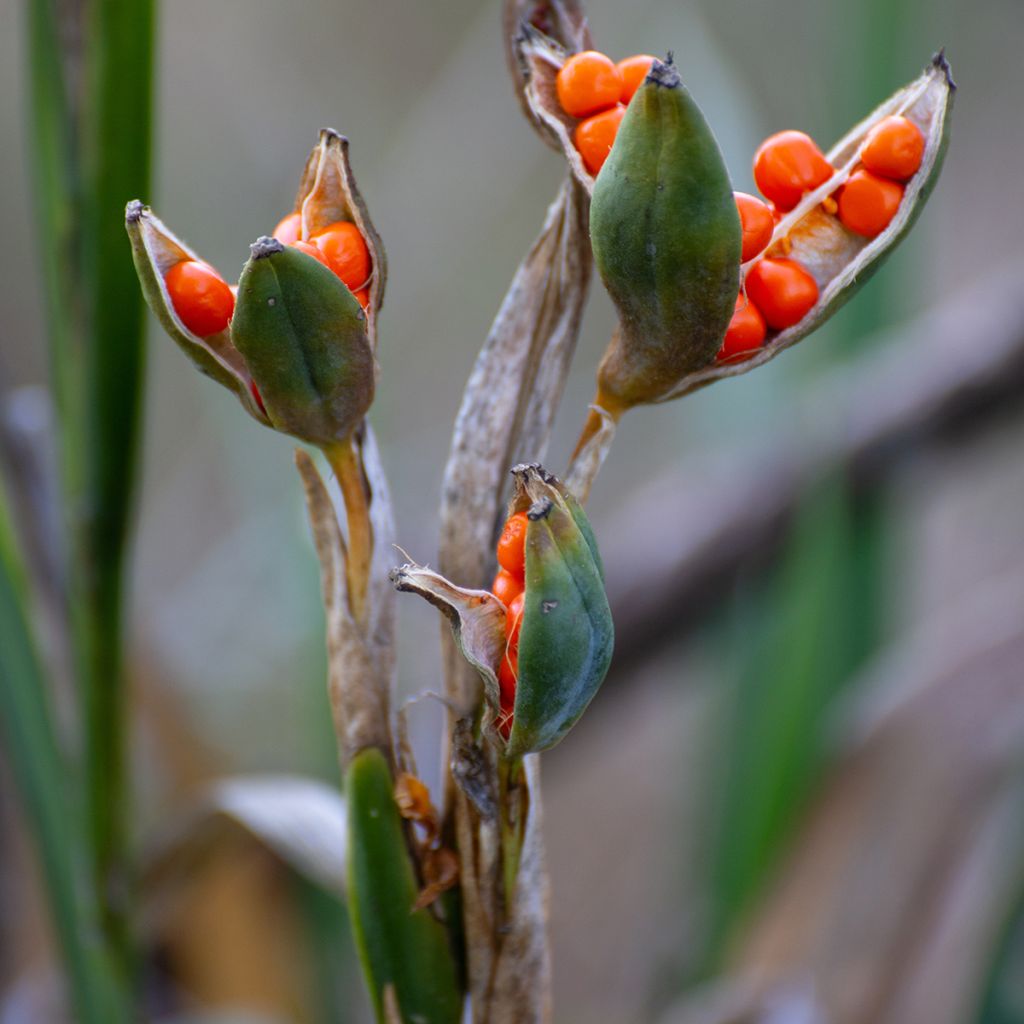

Iris foetidissima - Stinking Iris
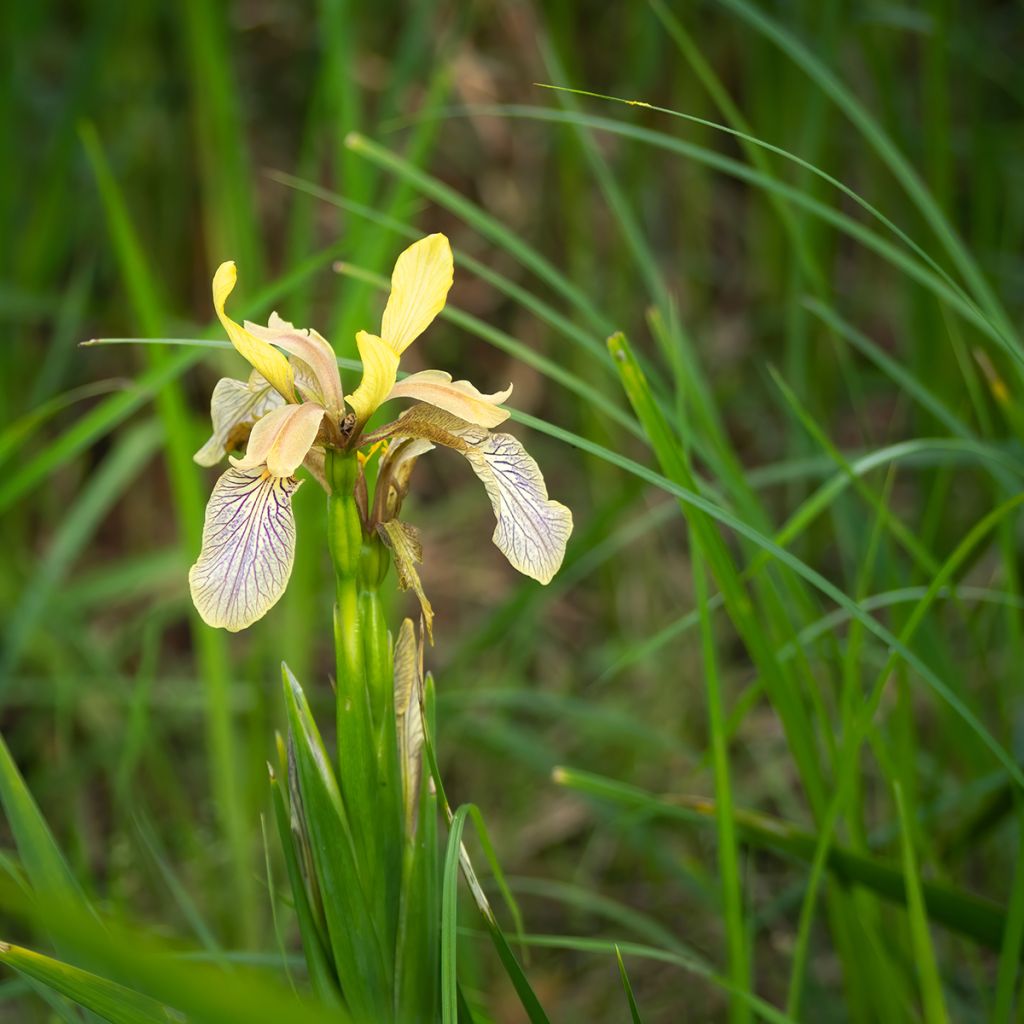

Iris foetidissima - Stinking Iris
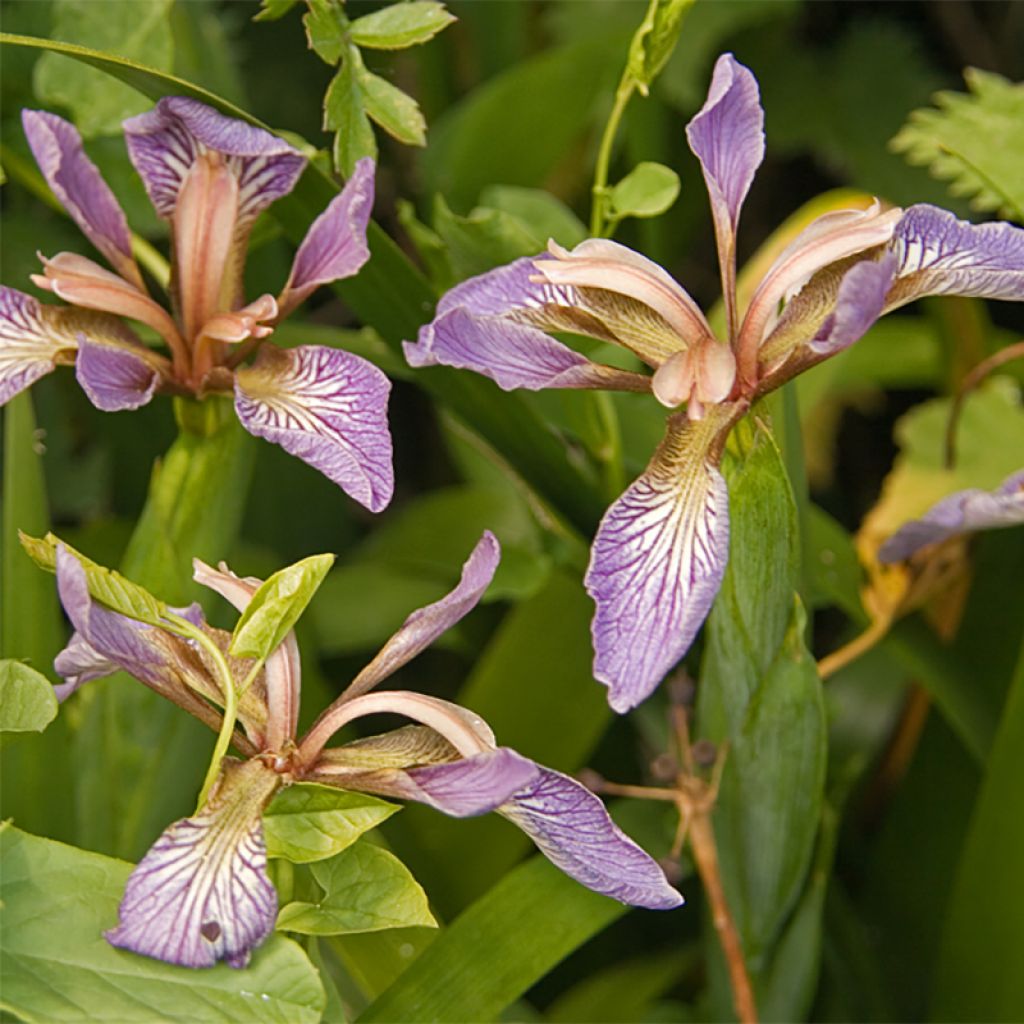

Iris foetidissima - Stinking Iris
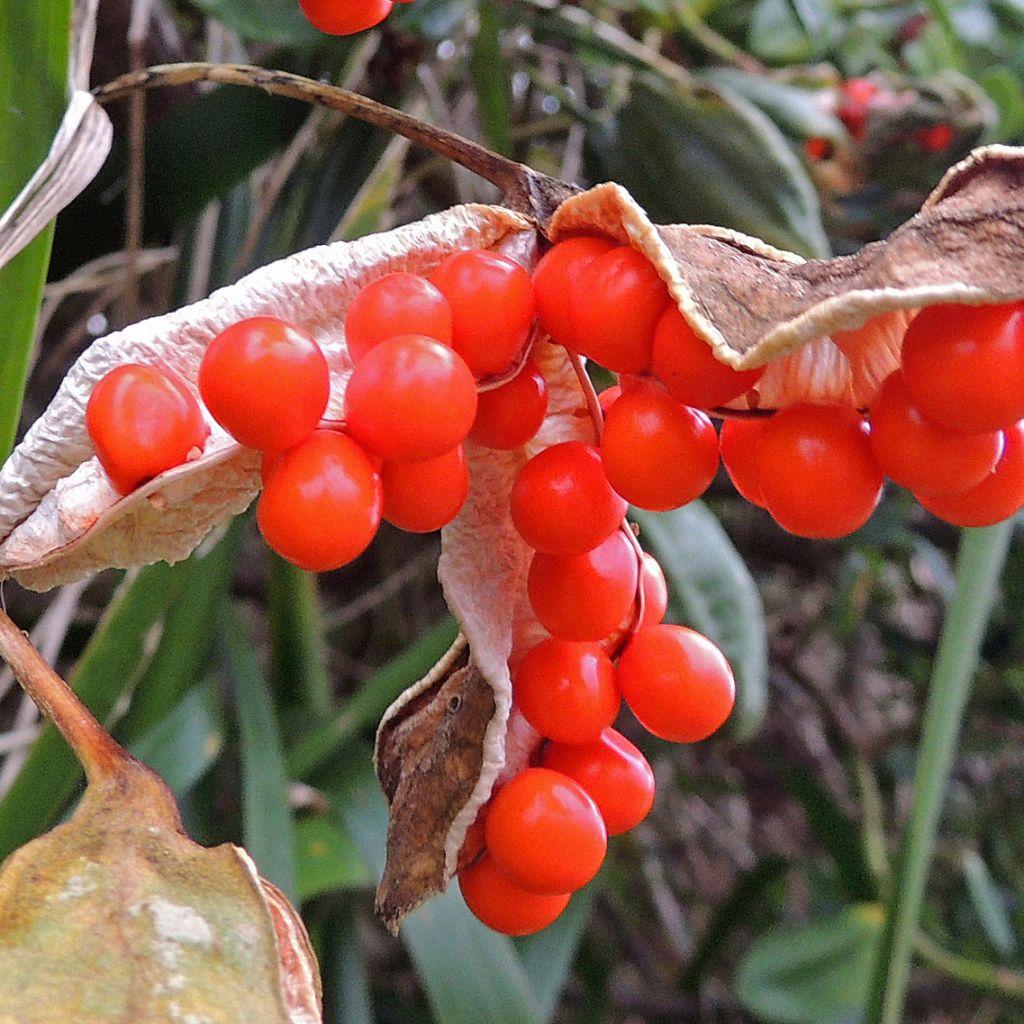

Iris foetidissima - Stinking Iris
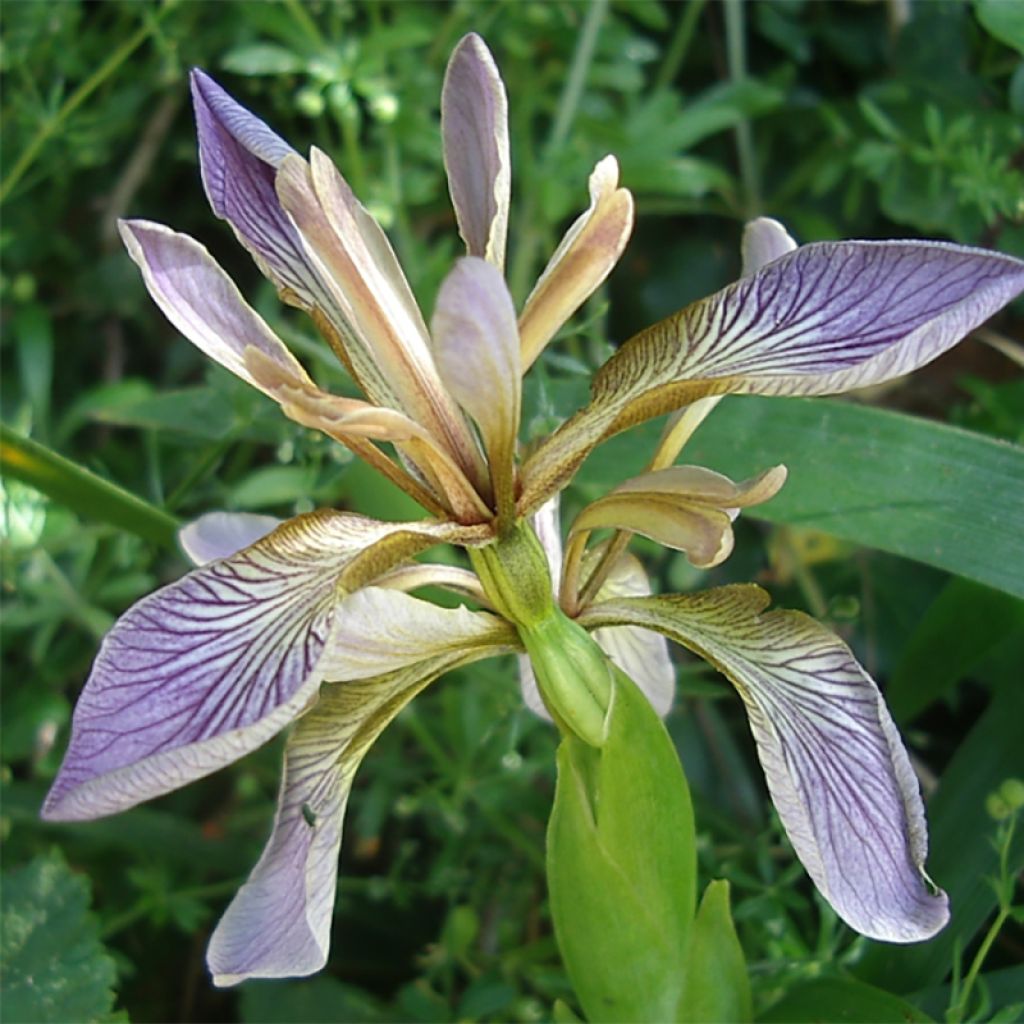

Iris foetidissima - Stinking Iris
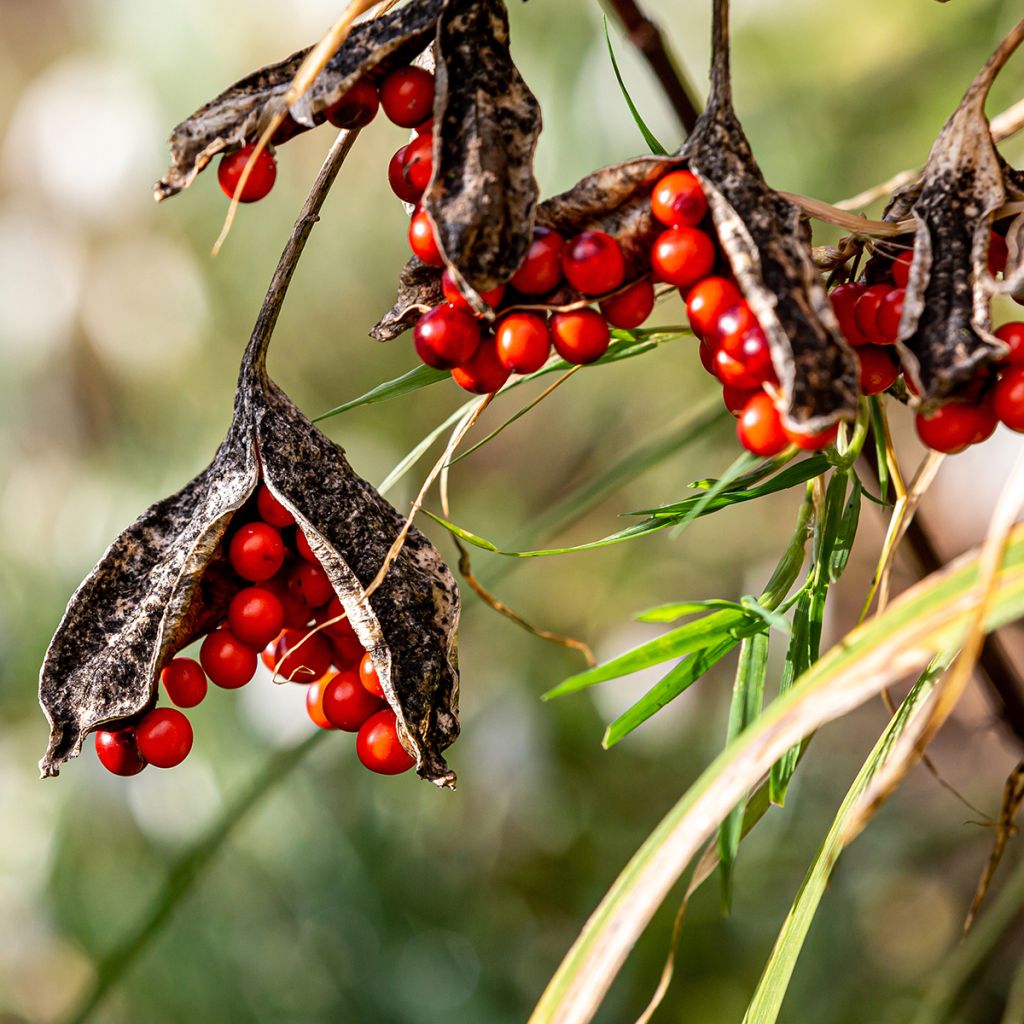

Iris foetidissima - Stinking Iris
Iris foetidissima - Stinking Iris
Iris foetidissima
Stinking Iris
My irises arrived very beautiful. I hope they will multiply and flower.
Brigitte , 04/10/2025
Special offer!
Receive a €20 voucher for any order over €90 (excluding delivery costs, credit notes, and plastic-free options)!
1- Add your favorite plants to your cart.
2- Once you have reached €90, confirm your order (you can even choose the delivery date!).
3- As soon as your order is shipped, you will receive an email containing your voucher code, valid for 3 months (90 days).
Your voucher is unique and can only be used once, for any order with a minimum value of €20, excluding delivery costs.
Can be combined with other current offers, non-divisible and non-refundable.
Home or relay delivery (depending on size and destination)
Schedule delivery date,
and select date in basket
This plant carries a 12 months recovery warranty
More information
We guarantee the quality of our plants for a full growing cycle, and will replace at our expense any plant that fails to recover under normal climatic and planting conditions.


Does this plant fit my garden?
Set up your Plantfit profile →
Description
Iris foetidissima, also known as the stinking iris, is one of the most inconspicuous species of iris, lurking in the undergrowth or in thickets, offering small pale blue-violet flowers in spring that quickly turn brown. However, its autumn fruits are spectacular when they open to reveal round berries like pearls, bright red-orange, remaining in the capsules until mid-winter. It is a hardy and wild plant, with superb evergreen foliage all year round, which is very useful in dry shade or waterlogged areas.
Iris foetidissima belongs to the Iridaceae family. It originates from southern Western Europe and can be found in temperate zones throughout our continent, from light woodlands to thickets and hedges, as well as wet meadows and limestone meadows. It is a rhizomatous perennial plant, forming a spreading evergreen clump, reaching a height of 60 cm (24in) when flowering, with a spread of 30 cm (12in). Flowering occurs from April to June, depending on the climate, and is only produced by clumps with sufficient shade. The flowers are borne on a stem with bracts resembling leaves. They consist of 6 spatulate floral parts, thin at the base, and are solitary or grouped in a terminal position at the end of long slender stems. The sepals are veined in light violet-blue on a lighter background. The petals are shorter, blue-brown in colour. The flowers are followed by the formation of fruits that open in autumn, revealing round, richly coloured berries in tight clusters, which are highly decorative. The leaves are linear, wide, of a beautiful deep green colour, and aromatic when crushed (hence the name of the species). The basal leaves are sword-shaped.
The stinking iris is a shade plant that does not flower without it. It is as useful in dry and humid woodlands as it is around water points, where it brightens up the winter season. In dry woodlands, it can be associated with butcher's broom, large periwinkle, dead nettles, bergenia, epimediums, and cranesbills. Along water points, it can be found with ferns, hostas, and Geranium nodosum. The stinking iris is sometimes used in dried bouquets.
The history of Iris foetidissima intersects with that of humans. This species has been present in gardens for a long time and was already part of the medicine of the Middle Ages. It is often mentioned in remedies for human ailments.
Report an error about the product description
Iris foetidissima - Stinking Iris in pictures
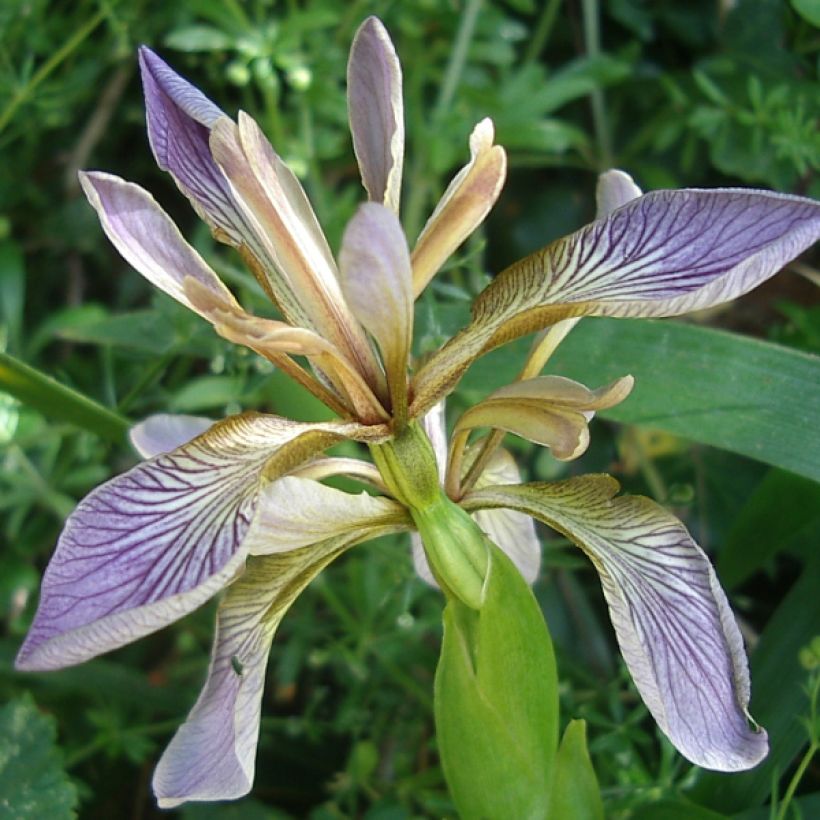

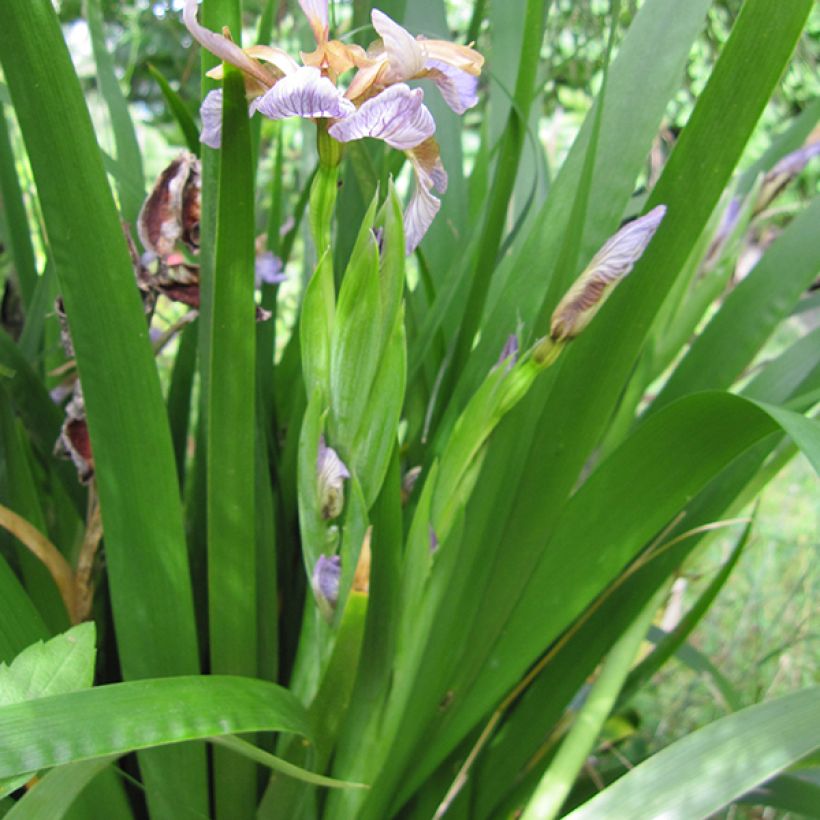



Flowering
Foliage
Plant habit
Botanical data
Iris
foetidissima
Iridaceae
Stinking Iris
Northern Europe
Other Iris A to Z
View all →Planting and care
Iris foetidissima is an excellent young plant for shaded slopes, in any very well-drained soil, even very chalky soil. It tolerates wet but well-drained soils very well. It is best to plant early in autumn. This iris requires a shaded exposure to flower well, at least during the hottest hours of the day.
Planting period
Intended location
Care
Planting & care advice
-
, onOrder confirmed
Reply from on Promesse de fleurs
Similar products
Haven't found what you were looking for?
Hardiness is the lowest winter temperature a plant can endure without suffering serious damage or even dying. However, hardiness is affected by location (a sheltered area, such as a patio), protection (winter cover) and soil type (hardiness is improved by well-drained soil).

Photo Sharing Terms & Conditions
In order to encourage gardeners to interact and share their experiences, Promesse de fleurs offers various media enabling content to be uploaded onto its Site - in particular via the ‘Photo sharing’ module.
The User agrees to refrain from:
- Posting any content that is illegal, prejudicial, insulting, racist, inciteful to hatred, revisionist, contrary to public decency, that infringes on privacy or on the privacy rights of third parties, in particular the publicity rights of persons and goods, intellectual property rights, or the right to privacy.
- Submitting content on behalf of a third party;
- Impersonate the identity of a third party and/or publish any personal information about a third party;
In general, the User undertakes to refrain from any unethical behaviour.
All Content (in particular text, comments, files, images, photos, videos, creative works, etc.), which may be subject to property or intellectual property rights, image or other private rights, shall remain the property of the User, subject to the limited rights granted by the terms of the licence granted by Promesse de fleurs as stated below. Users are at liberty to publish or not to publish such Content on the Site, notably via the ‘Photo Sharing’ facility, and accept that this Content shall be made public and freely accessible, notably on the Internet.
Users further acknowledge, undertake to have ,and guarantee that they hold all necessary rights and permissions to publish such material on the Site, in particular with regard to the legislation in force pertaining to any privacy, property, intellectual property, image, or contractual rights, or rights of any other nature. By publishing such Content on the Site, Users acknowledge accepting full liability as publishers of the Content within the meaning of the law, and grant Promesse de fleurs, free of charge, an inclusive, worldwide licence for the said Content for the entire duration of its publication, including all reproduction, representation, up/downloading, displaying, performing, transmission, and storage rights.
Users also grant permission for their name to be linked to the Content and accept that this link may not always be made available.
By engaging in posting material, Users consent to their Content becoming automatically accessible on the Internet, in particular on other sites and/or blogs and/or web pages of the Promesse de fleurs site, including in particular social pages and the Promesse de fleurs catalogue.
Users may secure the removal of entrusted content free of charge by issuing a simple request via our contact form.
The flowering period indicated on our website applies to countries and regions located in USDA zone 8 (France, the United Kingdom, Ireland, the Netherlands, etc.)
It will vary according to where you live:
- In zones 9 to 10 (Italy, Spain, Greece, etc.), flowering will occur about 2 to 4 weeks earlier.
- In zones 6 to 7 (Germany, Poland, Slovenia, and lower mountainous regions), flowering will be delayed by 2 to 3 weeks.
- In zone 5 (Central Europe, Scandinavia), blooming will be delayed by 3 to 5 weeks.
In temperate climates, pruning of spring-flowering shrubs (forsythia, spireas, etc.) should be done just after flowering.
Pruning of summer-flowering shrubs (Indian Lilac, Perovskia, etc.) can be done in winter or spring.
In cold regions as well as with frost-sensitive plants, avoid pruning too early when severe frosts may still occur.
The planting period indicated on our website applies to countries and regions located in USDA zone 8 (France, United Kingdom, Ireland, Netherlands).
It will vary according to where you live:
- In Mediterranean zones (Marseille, Madrid, Milan, etc.), autumn and winter are the best planting periods.
- In continental zones (Strasbourg, Munich, Vienna, etc.), delay planting by 2 to 3 weeks in spring and bring it forward by 2 to 4 weeks in autumn.
- In mountainous regions (the Alps, Pyrenees, Carpathians, etc.), it is best to plant in late spring (May-June) or late summer (August-September).
The harvesting period indicated on our website applies to countries and regions in USDA zone 8 (France, England, Ireland, the Netherlands).
In colder areas (Scandinavia, Poland, Austria...) fruit and vegetable harvests are likely to be delayed by 3-4 weeks.
In warmer areas (Italy, Spain, Greece, etc.), harvesting will probably take place earlier, depending on weather conditions.
The sowing periods indicated on our website apply to countries and regions within USDA Zone 8 (France, UK, Ireland, Netherlands).
In colder areas (Scandinavia, Poland, Austria...), delay any outdoor sowing by 3-4 weeks, or sow under glass.
In warmer climes (Italy, Spain, Greece, etc.), bring outdoor sowing forward by a few weeks.






























